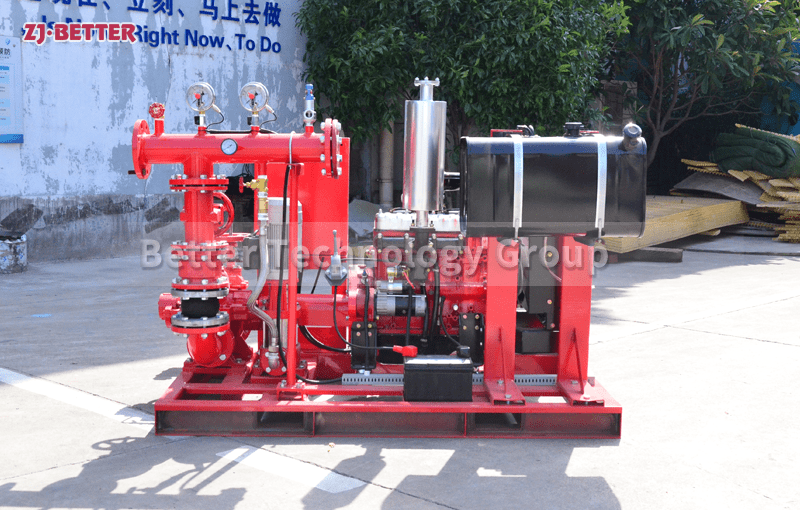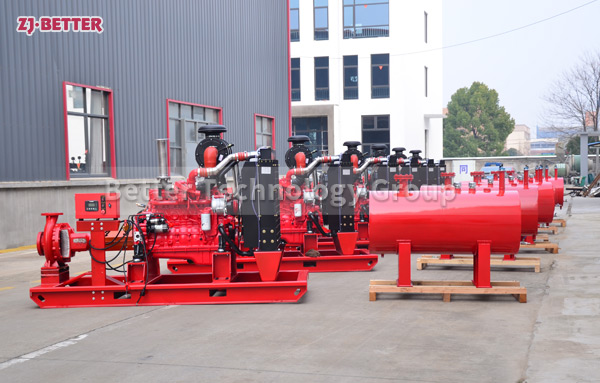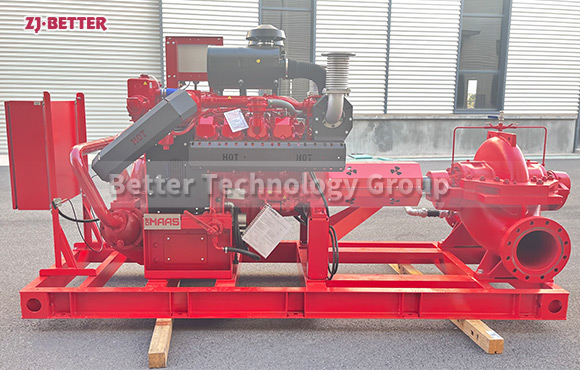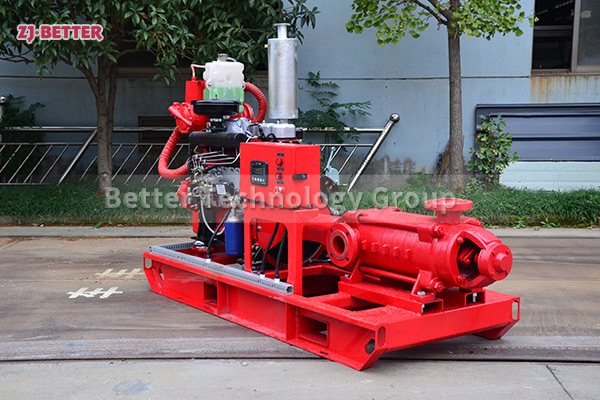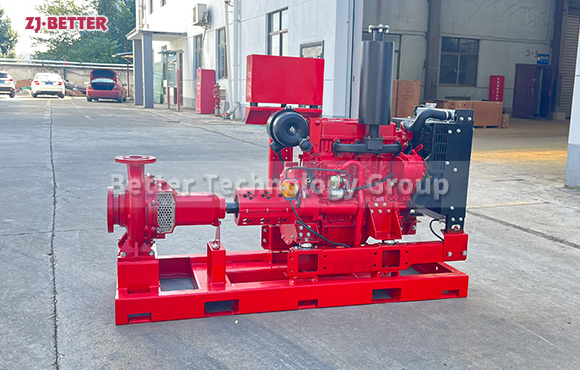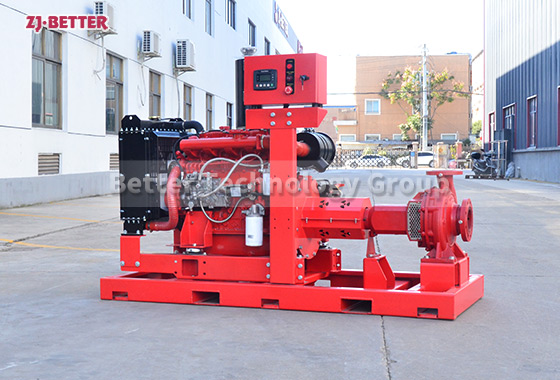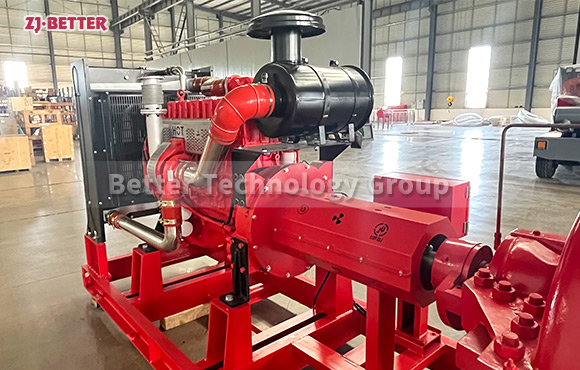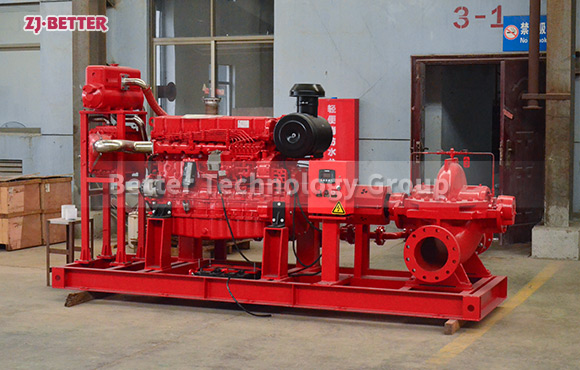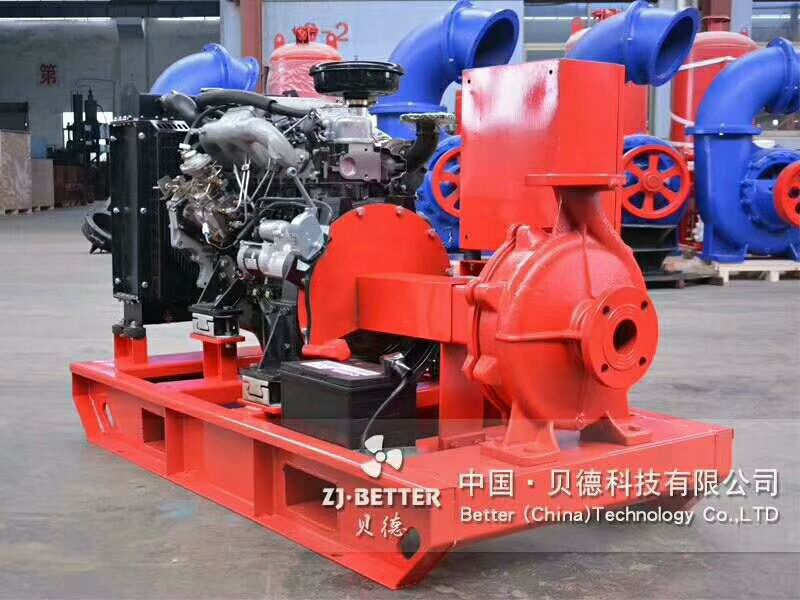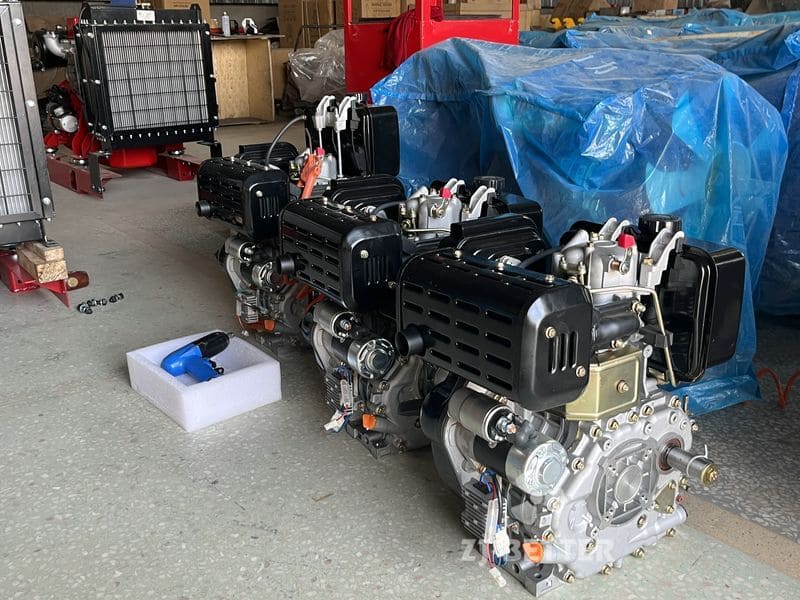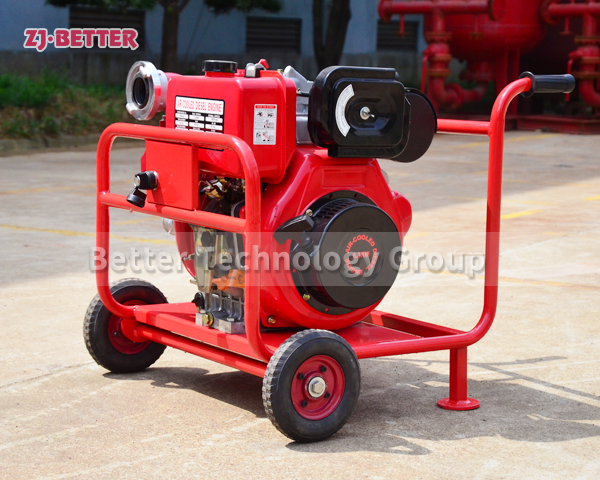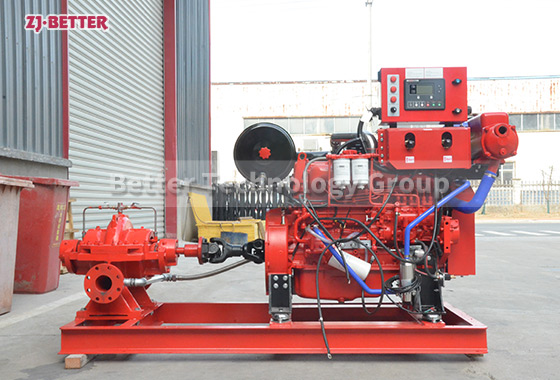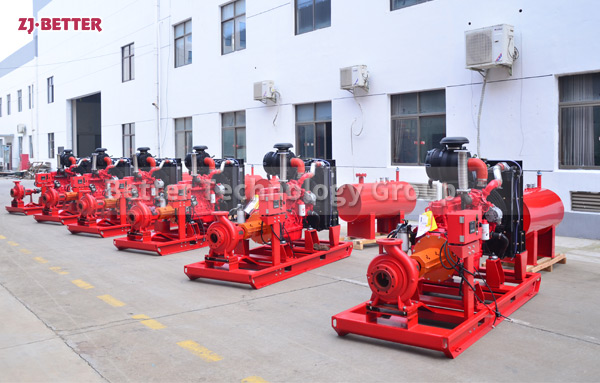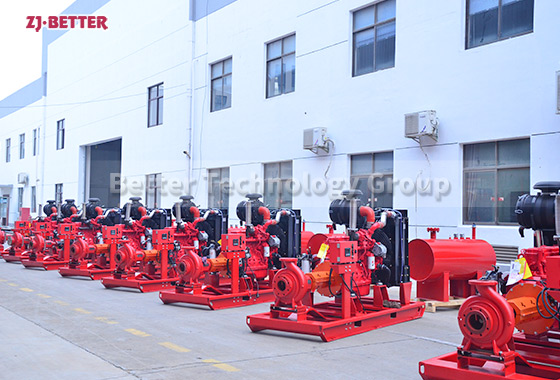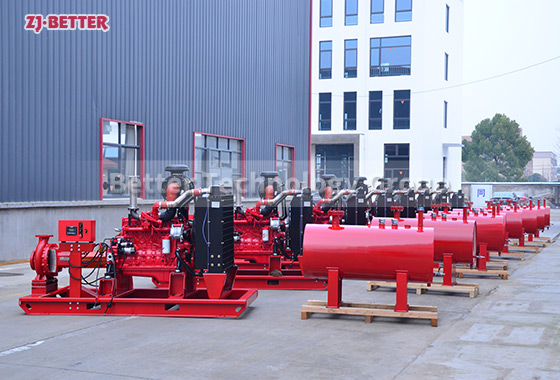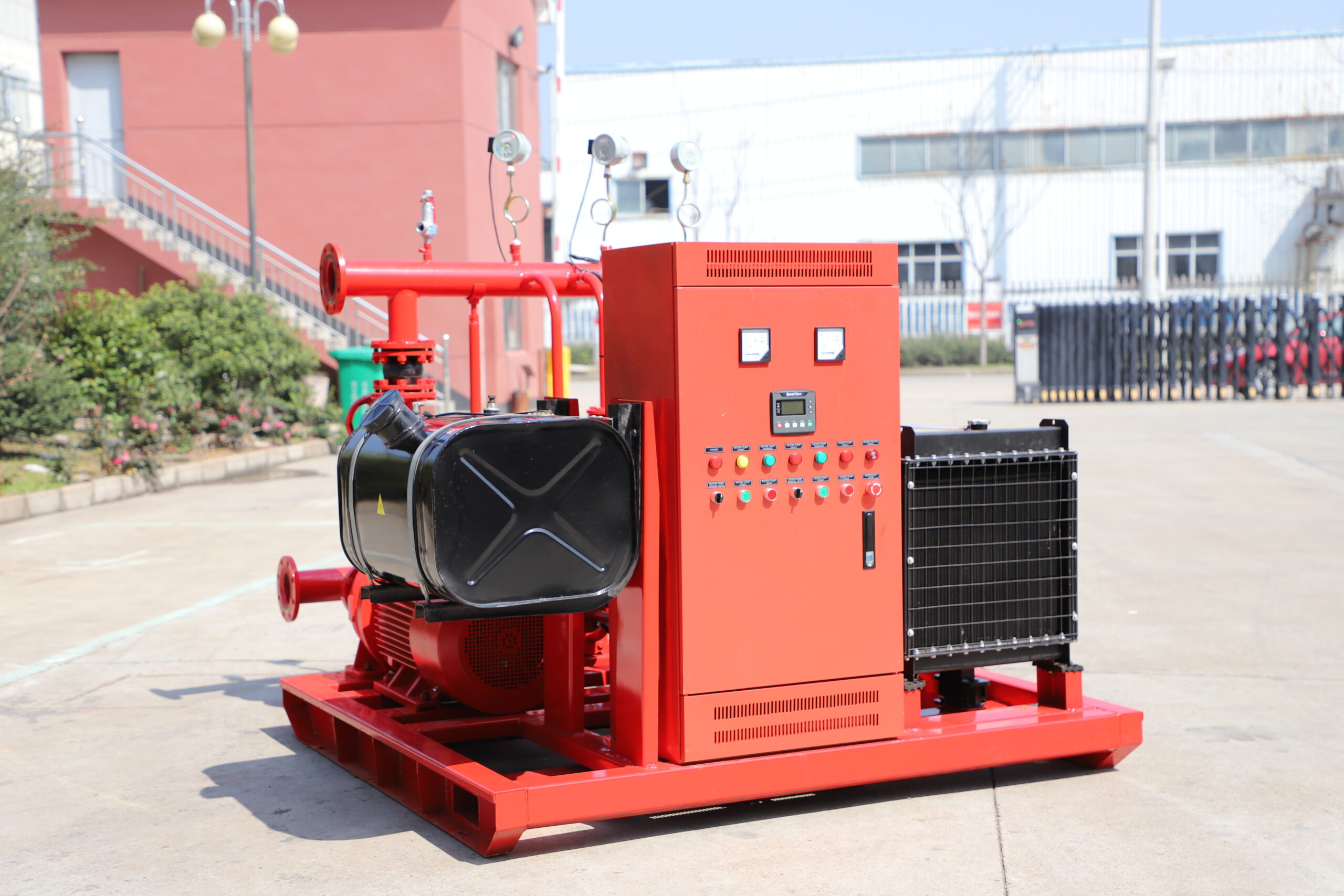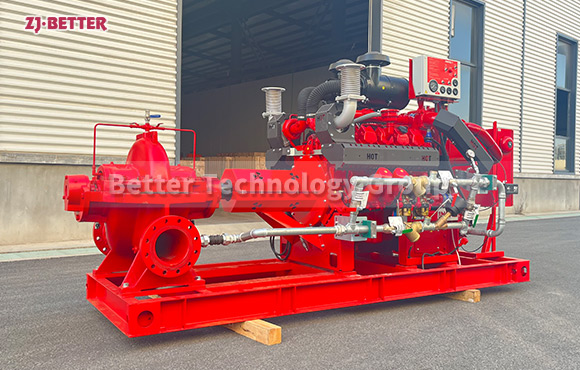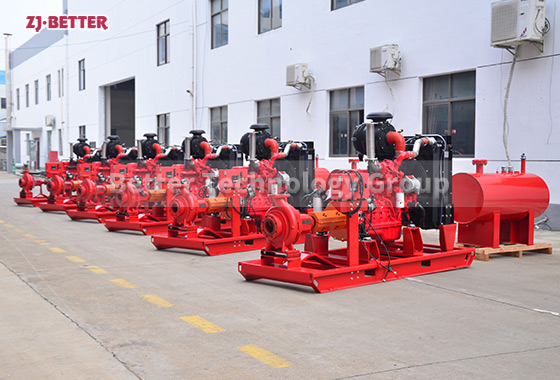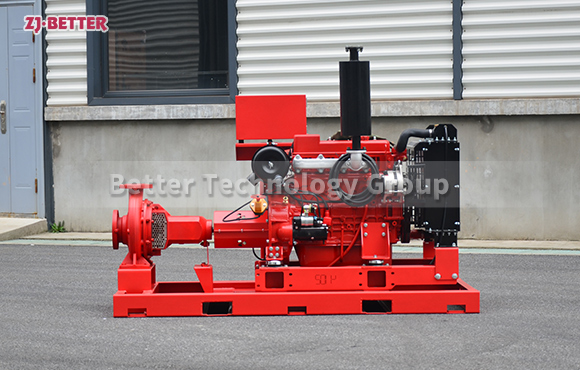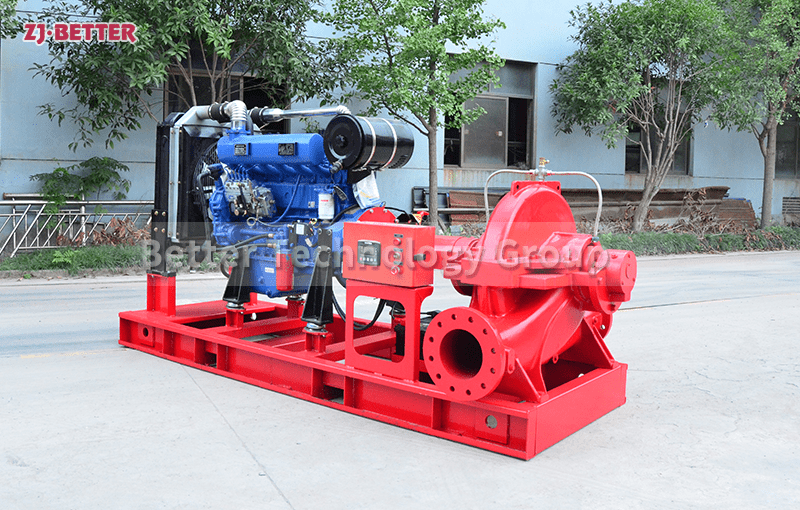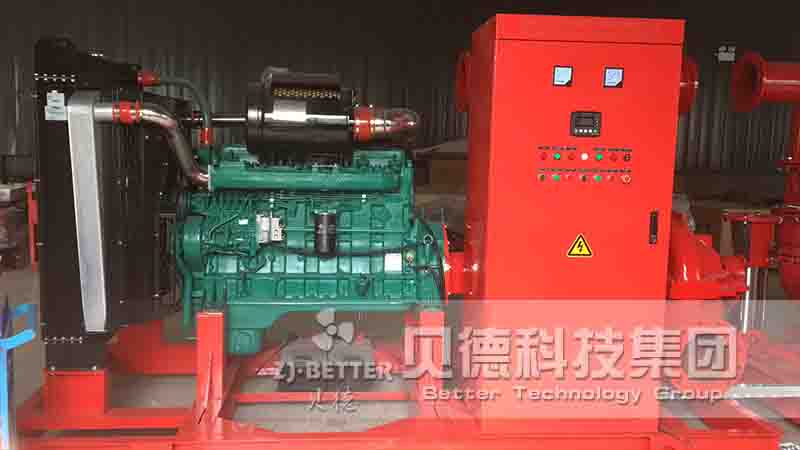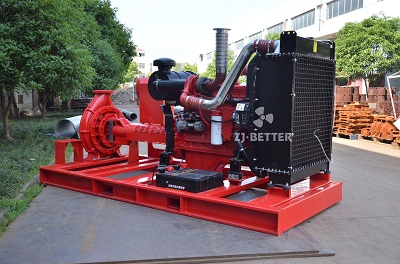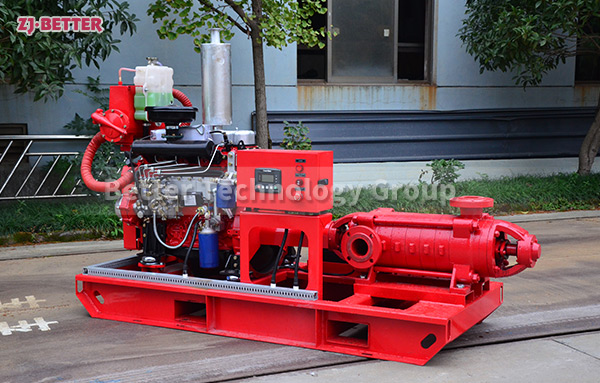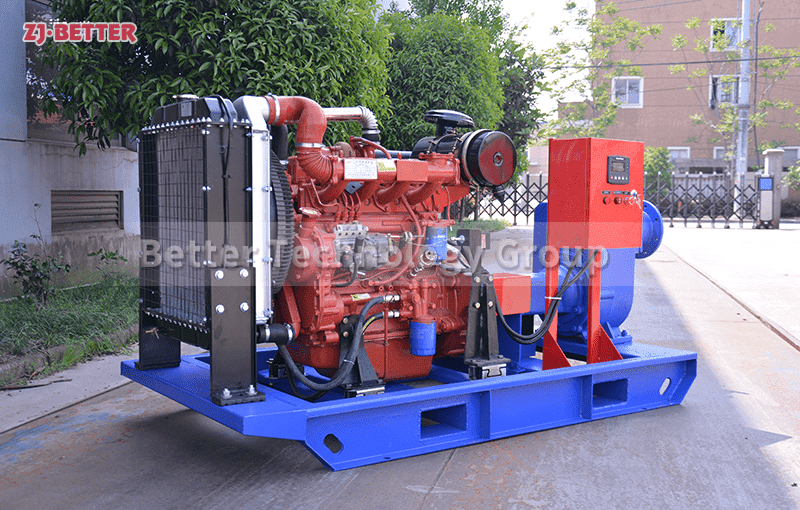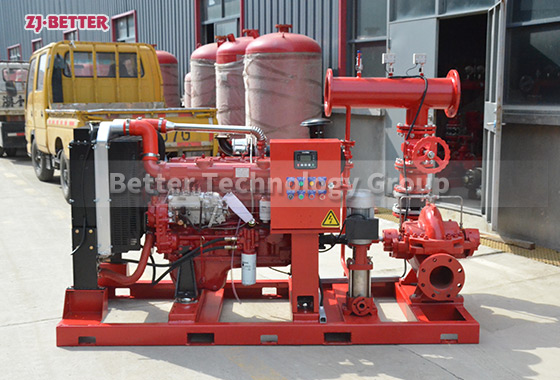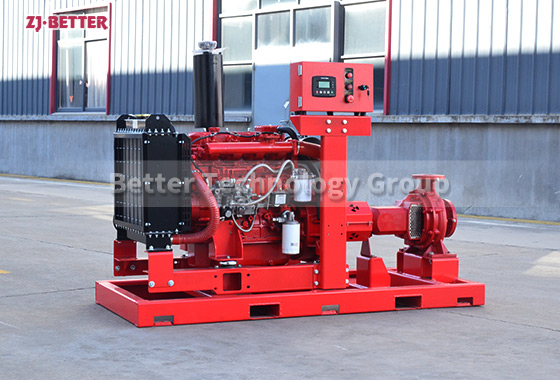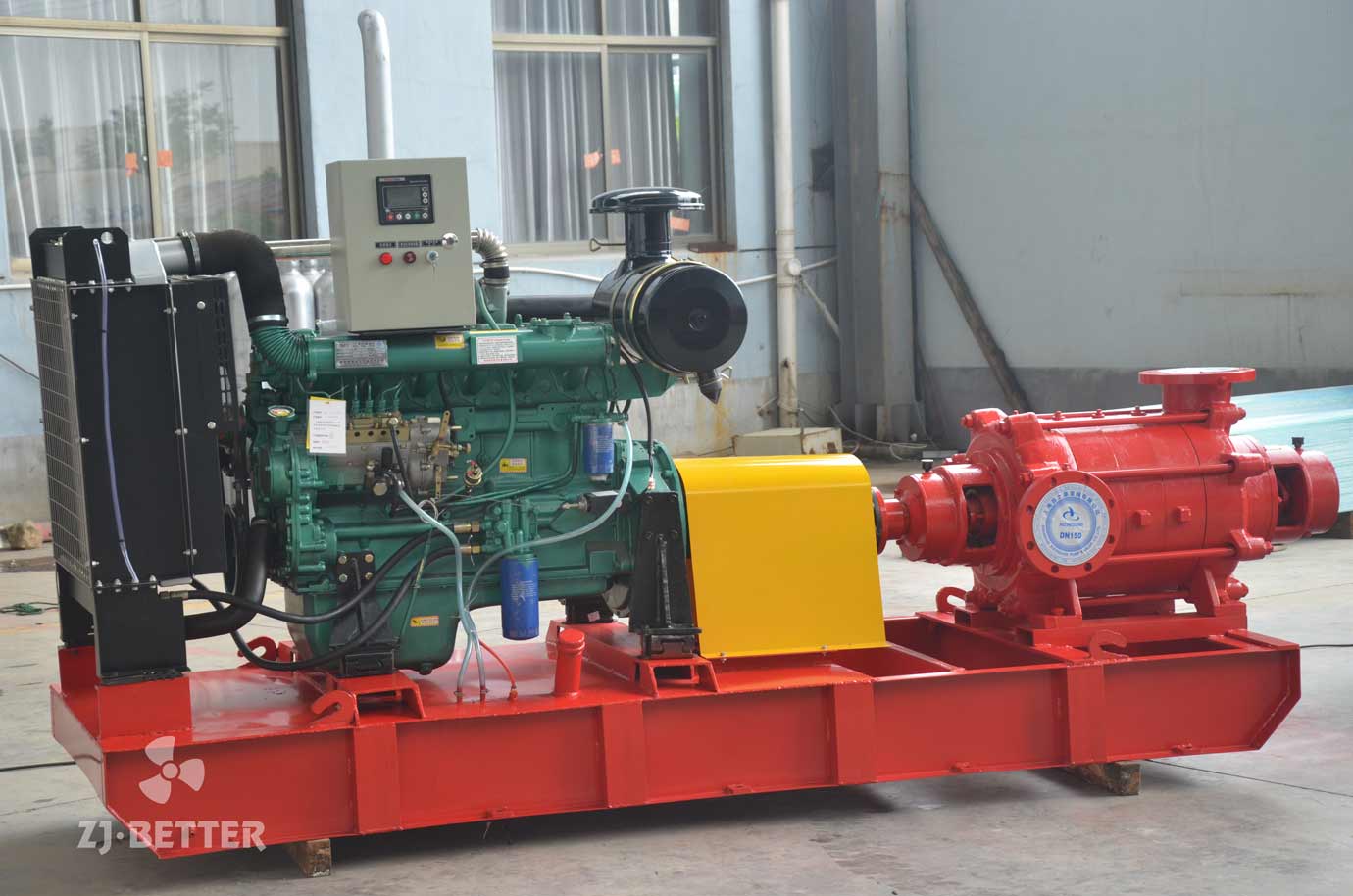Sealing Technology of Diesel Engine Fire Pump
The casing of the diesel engine fire pump constitutes the working chamber of the pump. The impeller, shaft and rolling bearing are the rotors of the pump. Suspension bearing parts The supporting parts support the rotor parts of the pump, and the rolling bearings are subjected to the radial and axial forces of the pump. In order to balance the axial force of the diesel engine fire pump, most pumps have sealing rings at the front and rear of the impeller, and a balance hole on the back cover of the impeller. Because some pumps have little axial force, there is no seal on the back of the impeller. ring and balance hole. The axial sealing ring of the diesel engine fire pump is composed of packing gland, packing ring and packing to prevent air intake or large water leakage.
If the impeller of the diesel engine fire pump is balanced, the cavity filled with soft packing communicates with the impeller inlet. If the liquid at the impeller inlet is in a vacuum state, it is easy to enter the air along the surface of the shaft sleeve, so a packing ring is installed in the packing cavity. Through the small hole on the pump cover of the fire stabilized pump, the pressure water in the pump chamber is led to the packing ring for sealing. If the impeller of the diesel engine fire pump has no balance hole, since the liquid pressure on the back of the impeller is greater than the atmospheric pressure, there is no air leakage problem, so the packing ring may not be installed.

